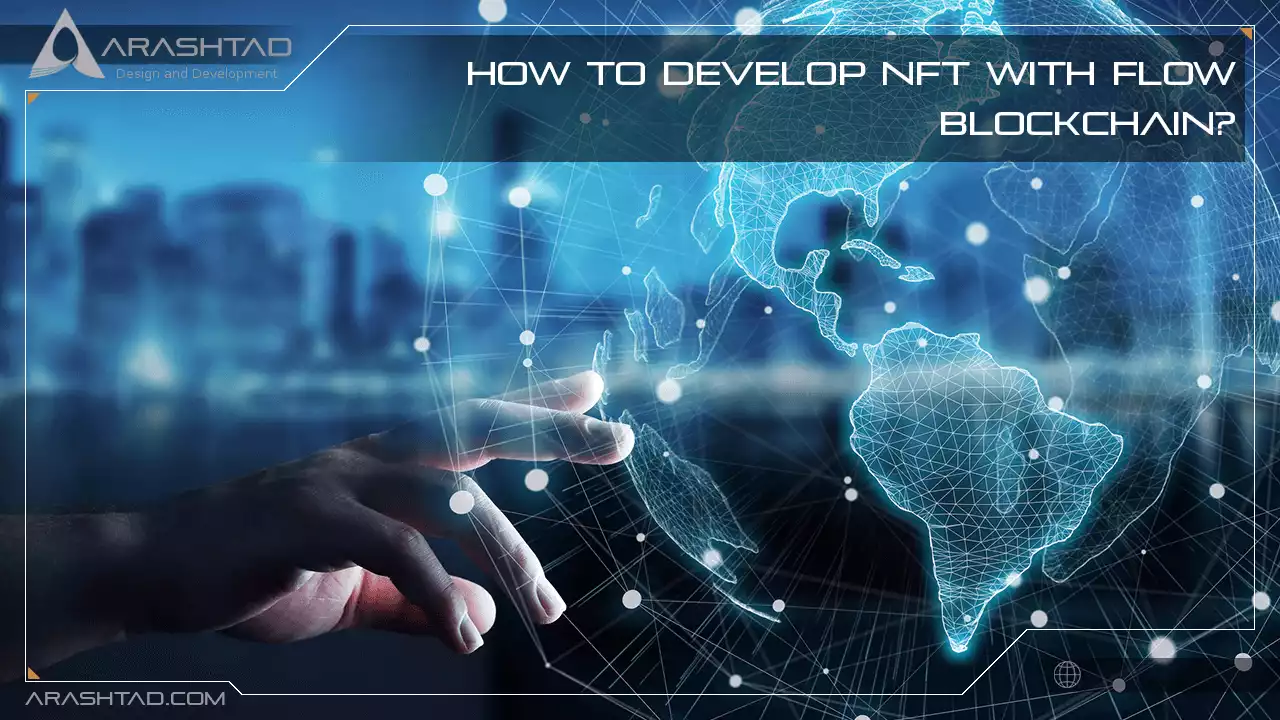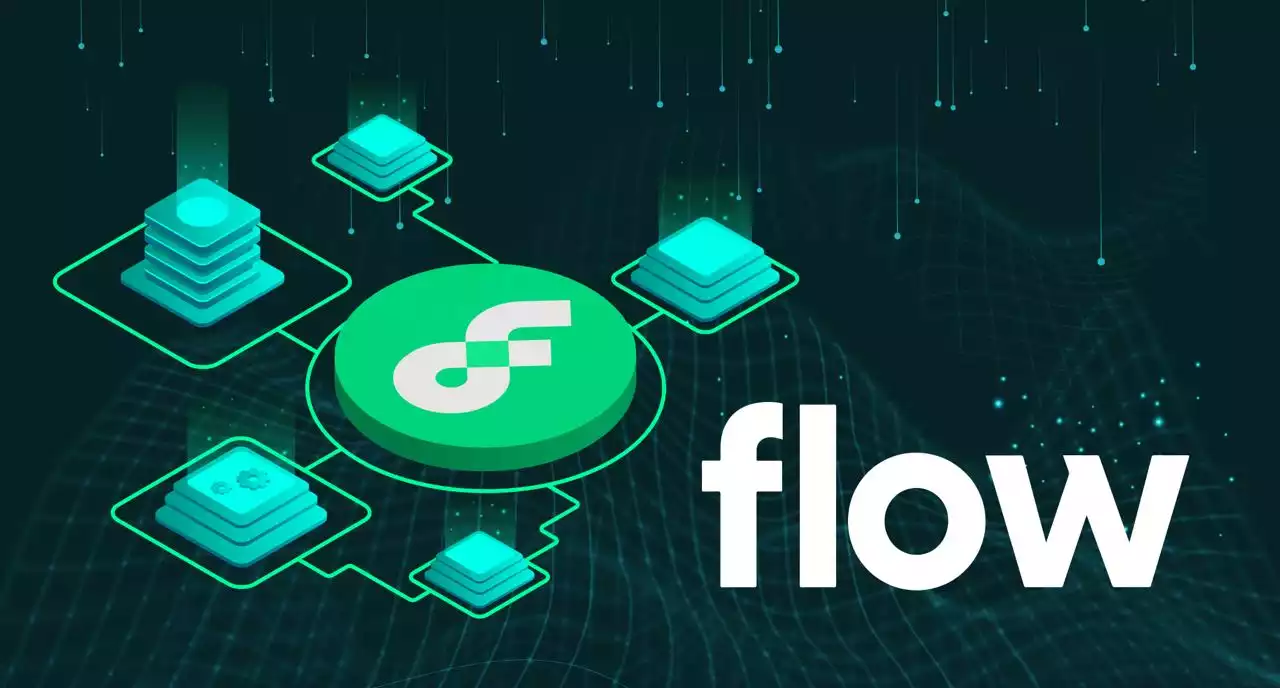How to Develop NFT with Flow Blockchain?
Since its launch in 2020, Flow has expanded its blockchain platform from its original gaming purpose to supporting smart contracts and fast, low-cost transactions. It powers blockchain applications like NBA Top Shot, a non-fungible token offering (NFT). Here’s how Flow works, its benefits, and how you can build an NFT marketplace with Flow.
What is Flow Blockchain?
As part of its development, Flow blockchain is designed for digital assets and games. It is a decentralized consensus that is fast, powerful, and reliable, which boosts the growth of decentralized applications and NFTs. Blockchain technology is developer-friendly, but it is unique. The unique multi-role architecture has been carefully designed with its proof-of-stake mechanism without sharding for improved scaling. The merger limits the performance of an application.It was launched in 2020, but many consider it to be Ethereum’s successor. So, like other blockchains, Flow has its own native currency, the Flow. It acts as a backup asset and is used to pay transaction costs and stakes on the network. Flow lets developers easily build crypto and crypto-enabled businesses.
How does Flow Blockchain Work?
This blockchain was designed for speed and scalability with a proof-of-stake consensus mechanism. It eliminates sharing techniques and fosters low-cost transactions. This allows it to be used for crypto-based games and NFT collectibles. Using multi-role and multi-node architectures, the speed and output can be increased significantly. The network is also decentralized compared to traditional blockchain architectures. Therefore, the computational needs of many nodes spread out the storage. Thus, there are four types of nodes in the entire work.Consensus: Determines whether transactions are present and in what order
Verification: Management of execution nodes
Execution: Computation of all transactions is the responsibility of Execution.
Collection: Upgrades to network connectivity for decentralized apps and data availability
Flow blockchain provides high security by verifying every transaction. Regardless, every node may take part in verifying a piece of the transaction. In brief, Flow blockchain maintains ACID transactions — Atomic, Consistent, Isolated, and Durable.
Pillars of Flow
First and foremost, Flow blockchain is designed for high-scale gaming, collectibles, and interactive crypto experiences that are rapidly developing. Flow is also using the multi-approach model to operate, which is divided into four pillars. Flow enables the creation of new digital assets that will gain a wider audience in the coming years.Multi-role architecture
Its unique architecture allows it to scale to serve billions of users without sharding.Resource-oriented programming
Cadence is the preferred language for coding smart contracts for crypto-assets and apps. It is easier and safer to use.Developer ergonomics
It provides upgradable Smart contracts and built-in logging support for the Flow emulator. This network is designed for results.Consumer onboarding
Flow is designed for mainstream consumers for frictionless crypto-to-fiat payments.The Advantages of the Flow blockchain?
The Flow network offers the following additional benefits:
1- user-friendly and mainstream ready
In addition to being developer-friendly, Flow makes it easy for non-crypto users to get involved and is built for mainstream adoption. Users can, for example, easily recover lost keys using the Flow network. Furthermore, Flow helps reduce the number of steps involved in getting started with their favorite projects. Dapper Labs uses Flow for all of their portfolio projects because of this.2- No sharding
As a result of Flow’s atomic, consistent, isolated, and durable (ACID) transactions, smart contracts and user accounts can always interact in the same execution state. That is, all applications on Flow can run in the same execution state. By removing ACID guarantees from the execution environment, sharding and layer two solutions reduce network effects and break composability for dapps and smart contracts.In some cases, sharding is helpful, but it’s not a long-term solution. By integrating its blockchain without sharding, the Flow ecosystem can bypass some of the problems that can arise from this technique.
3- Decentralization is a key component of Flow
In the Flow ecosystem, participating is extremely easy, so more people can contribute to the consensus process that secures the network. Consequently, Flow is committed to ensuring that its token is distributed in accordance with securities law and other relevant regulatory frameworks.4)- Some of the most influential investors and brands in the world support Flow
In addition, Flow has been backed by some incredibly well-respected investors, ensuring long-term growth and sustainability.What is the process for developing an NFT marketplace on Flow?
As a basis for developing the advanced NFT marketplace on the Flow blockchain, fungible and non-fungible tokens must be integrated into a particular smart contract. However, before that, a Flow playground needs to be created. Through this, smart contract development will be executed, and developers will be able to create smart contracts easily. So, the developers should confirm that both token contracts are deployed and configured correctly. That is when they are disposed to the Flow playground.It is now possible to sell NFTs in your NFT marketplace, although users can add and remove NFTs through smart marketplace contracts. Additionally, they can fix and remove prices to make purchases and sales. Since NFT collectibles and crypto games are in high demand, building custom NFT marketplaces is not surprising. With flow blockchain experts working easily, you can develop a scalable marketplace.
Conclusion
As with its predecessors, the flow blockchain offers all the features we have come to expect from them, including decentralized, immutable, trustless, and transparent ledgers. Moreover, the Flow of blockchain is fast and developer-friendly, so it can be used to develop new games, apps, and virtual assets. The flow blockchain addresses scalability issues through a unique multi-role architecture protocol. Although sharding is the most popular solution for blockchain scalability concerns, Flow’s multi-role design allows developers and investors to maintain a secure environment while maintaining the same, if not higher, throughput.Download this Article in PDF format

Arashtad Custom Services
In Arashtad, we have gathered a professional team of developers who are working in fields such as 3D websites, 3D games, metaverses, and other types of WebGL and 3D applications as well as blockchain development.
Arashtad Services
Drop us a message and tell us about your ideas.
Fill in the Form
Blockchain Development


